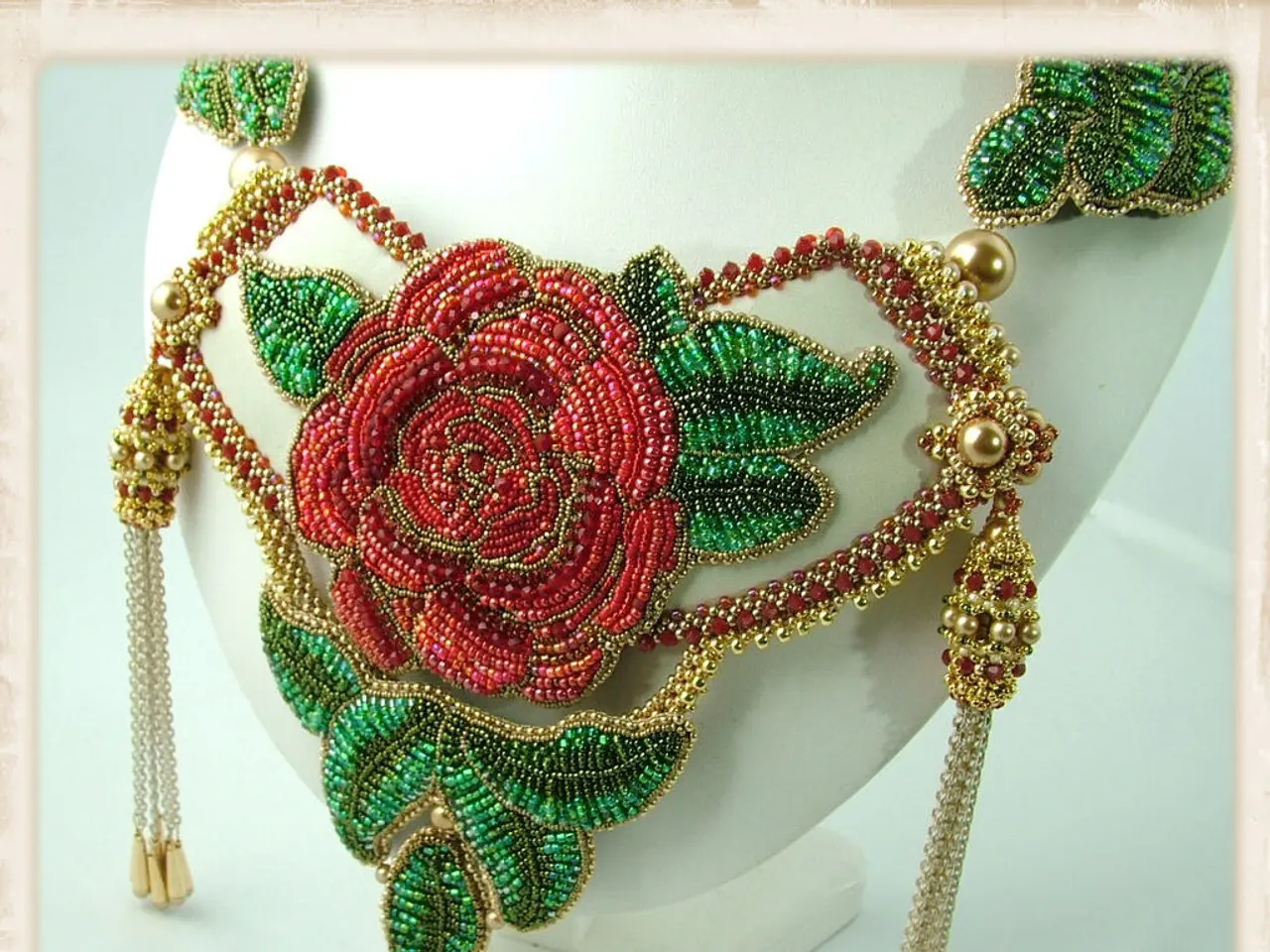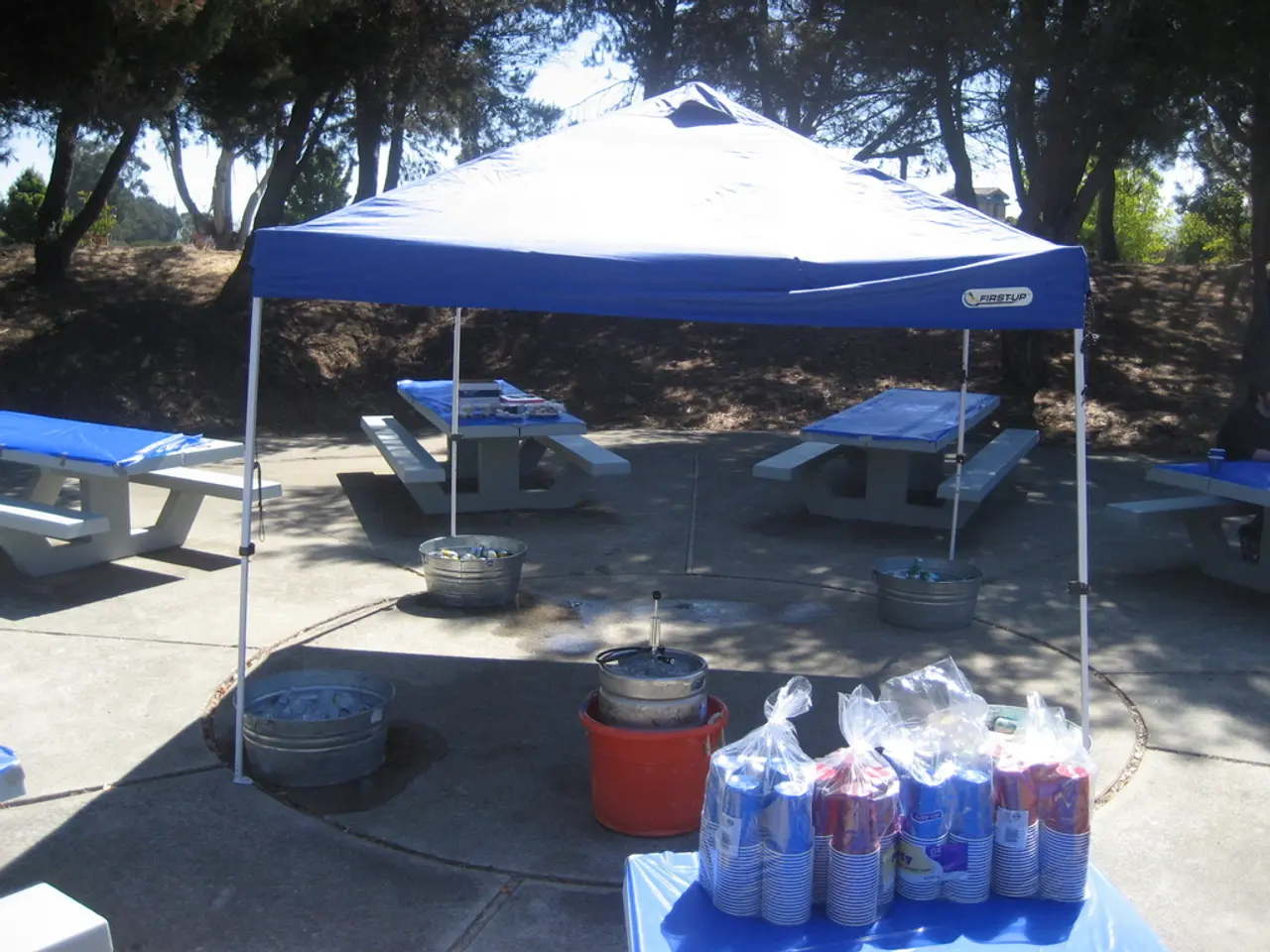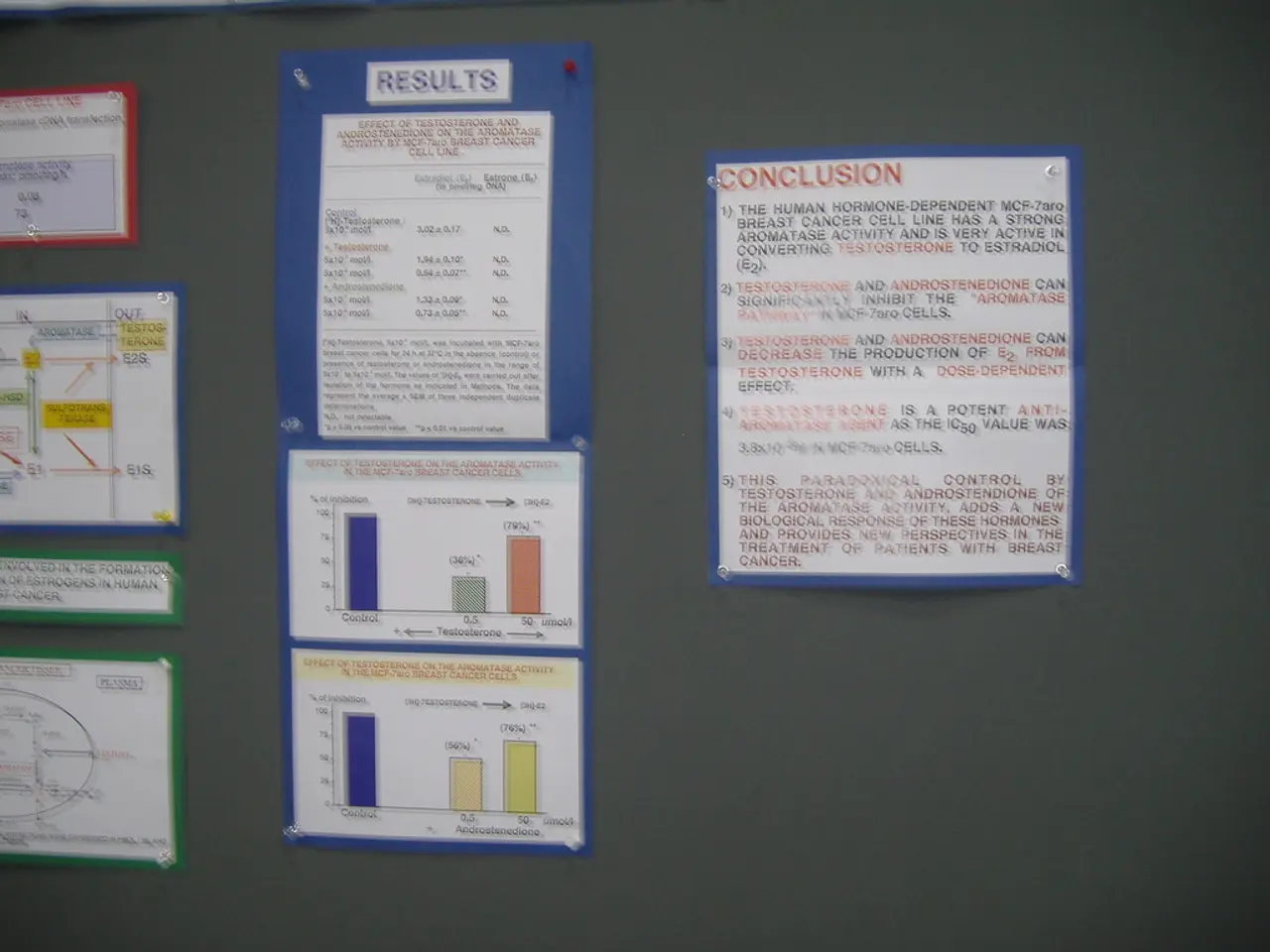Uncovering the Worth of Your Jewelry: 7 Effective Methods to Determine Value
When it comes to appraising jewelry, there are several factors to consider to ensure an accurate evaluation and valuation of your precious stones and pieces.
The Importance of a Certified Professional
To begin, engaging a qualified, certified gemologist or appraiser is crucial. Recognized organizations such as the Gemological Institute of America (GIA), American Society of Appraisers (ASA), or National Association of Jewelry Appraisers (NAJA) certify these professionals, ensuring they have the necessary knowledge and adhere to industry standards.
Expert Methods for Precious Stone Appraisal
Precious stone appraisal involves several key expert methods. These include certification verification, detailed visual and physical examination, use of professional equipment and scientific testing, and comprehensive documentation.
Certification Verification
Choosing an appraiser certified by these organizations ensures they have the required knowledge and follow industry standards.
Detailed Visual and Physical Examination
The appraiser examines the stones and settings, assessing materials, cut, clarity, color, carat weight, and craftsmanship. This includes using microscopes or loupes to inspect clarity and inclusions, applying the Mohs Hardness Test for authentication, and utilizing fluorescence testing with ultraviolet light to detect treatments or identify certain stones based on their reaction to UV light.
Use of Professional Equipment and Scientific Testing
Advanced labs may use spectroscopy, refractometers, and other gemological tools to precisely identify stones and detect enhancements or treatments that affect value.
Comprehensive Documentation
After the examination, the appraiser produces a detailed report with gemstone descriptions, measurements, photographs, characteristics, and an estimated market value considering current market conditions.
Context and Limitations
It's essential to understand that appraisals reflect market value and may use broader grading ranges, while grading reports from entities like GIA give precise scientific grades but not value. Also, avoid relying solely on jeweler-issued insurance appraisals without third-party verification, as these may not be as rigorous or consistent.
Other Considerations
The age of a jewelry piece can impact its value, with some pieces gaining value as antiques due to their historical significance. Stamps on the jewelry may contain information about the manufacturer, designer, metal used, and purity percentage. The condition of the jewelry, including any damage or wear, affects its value.
Where to Get Appraisals
Reputable sources for appraisals include jewelry stores with certified gemologists, independent appraisal firms, or accredited online expert services. If a piece of jewelry does not have documentation, there are other means of appraisal to consider.
Crude Estimation Methods
The weight of the metal in a jewelry piece can be used as a crude estimation method for its value. The metal index value should be checked to compare with the weight of the jewelry piece. The metal value price can be cross-referenced with the weight of a similar priced jewelry piece for a rough estimation.
Desire for Knowledge and Sense of Shame
Some people take their jewelry to appraisers out of a desire to know their assets, even if they don't plan to sell. On the other hand, others may be reluctant to take their jewelry to appraisers out of a sense of shame, even though fakes can occur.
Challenges in Assessing Mounted Stones
Assessing the value of a mounted stone can be more challenging due to hidden features. Precious metals don't depreciate significantly with age, provided they are well-maintained.
In summary, accurate precious stone appraisal relies on engaging a certified professional, careful scientific examination, thorough documentation, and understanding appraisal context and limitations to ensure precise evaluation and valuation of gemstones in jewelry.
- A comprehensive appraisal of a piece of jewelry usually includes an examination of fashion-and-beauty aspects, such as assessment of materials, cut, clarity, color, carat weight, and craftsmanship, as well as factors related to personal-finance, like market value consideration and insurance appraisals.
- Home-and-garden enthusiasts who are also jewelry collectors may find it interesting that the age and historical significance of a jewelry piece can contribute to its value, making it an antique with increased worth.




